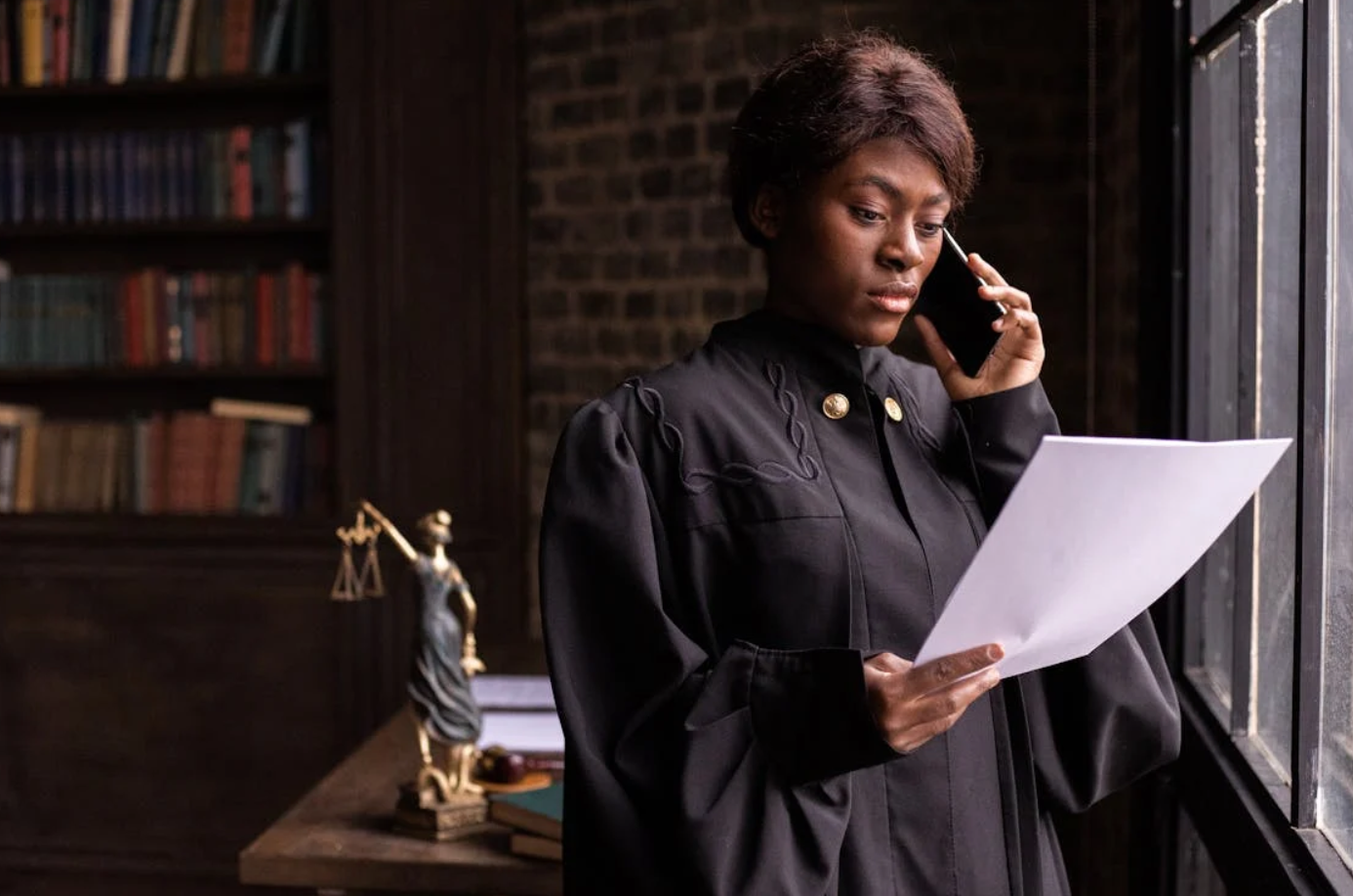By knowing the roles of each party and the steps involved in a personal injury lawsuit, you can better prepare for the legal journey ahead.
Personal injury lawsuits can be complex, involving multiple parties with different roles and responsibilities. Understanding who the parties are in a personal injury lawsuit is essential for navigating the legal process and ensuring that you have the best representation possible. This article explores the various parties involved in a personal injury lawsuit and highlights the importance of consulting a personal injury lawyer in Richmond, VA, for expert guidance and support.
The Importance of Legal Representation
Navigating a personal injury lawsuit can be challenging without the assistance of a knowledgeable attorney. A personal injury lawyer in Richmond, VA, can provide invaluable support by helping you understand the legal process, gathering evidence, negotiating with insurance companies, and representing you in court. Their expertise ensures that your rights are protected and that you receive the compensation you deserve.
The Main Parties in a Personal Injury Lawsuit
- Plaintiff
The plaintiff is the injured party who files the lawsuit seeking compensation for damages. This person claims to have been harmed due to the defendant’s negligence or intentional actions. In a personal injury case, the plaintiff may seek compensation for medical expenses, lost wages, pain and suffering, and other related damages. The plaintiff is responsible for proving that the defendant’s actions directly caused their injuries.
- Defendant
The defendant is the party being sued by the plaintiff. This person or entity is alleged to have caused the plaintiff’s injuries through negligence, recklessness, or intentional misconduct. In personal injury cases, defendants can range from individuals (such as a driver in a car accident) to companies (such as a business owner in a slip and fall case) or even government entities.
Other Key Parties in a Personal Injury Lawsuit
- Personal Injury Lawyer
A personal injury lawyer represents the plaintiff in the lawsuit. Their role includes advising the plaintiff on legal matters, gathering evidence, negotiating settlements, and representing the plaintiff in court. A personal injury lawyer in Richmond, VA, is essential for navigating the legal complexities of a personal injury case and ensuring that the plaintiff’s rights are protected throughout the process.
- Defense Attorney
The defense attorney represents the defendant. Their job is to protect their client’s interests, challenge the plaintiff’s claims, and minimize the defendant’s liability. The defense attorney may argue that the defendant was not negligent, that the plaintiff’s injuries were not as severe as claimed, or that the plaintiff was partly responsible for the accident.
- Insurance Companies
Insurance companies often play a significant role in personal injury lawsuits. Both the plaintiff’s and defendant’s insurance companies may be involved in the case. The defendant’s insurance company typically provides legal defense and may be responsible for paying any settlement or judgment. The plaintiff’s insurance company may also be involved if the plaintiff has coverage that applies to the situation (such as underinsured motorist coverage).
- Medical Experts
Medical experts provide testimony about the plaintiff’s injuries, treatment, and prognosis. They help establish the extent of the injuries and the impact on the plaintiff’s life. Medical experts can include treating physicians, surgeons, physical therapists, and other healthcare professionals who have treated the plaintiff.
- Expert Witnesses
In addition to medical experts, other expert witnesses may be called to provide specialized knowledge relevant to the case. These can include accident reconstruction specialists, engineers, economists, and vocational experts. Their testimony helps clarify technical aspects of the case and supports the plaintiff’s claims.
- Witnesses
Witnesses who observed the accident or incident that caused the plaintiff’s injuries can provide valuable testimony. Their accounts help establish the facts of the case and corroborate the plaintiff’s version of events. Witnesses can include bystanders, co-workers, friends, or family members who were present at the time of the accident.
- Jury
In cases that go to trial, a jury may be involved in deciding the outcome. The jury listens to the evidence presented by both sides, evaluates the credibility of witnesses, and determines whether the defendant is liable for the plaintiff’s injuries. If the jury finds the defendant liable, they also decide the amount of compensation to be awarded to the plaintiff.
The judge oversees the legal proceedings, ensuring that the trial is conducted fairly and according to the law. The judge rules on legal motions, provides instructions to the jury, and may make decisions on certain aspects of the case (such as the admissibility of evidence). In some cases, the judge may also decide the outcome of the lawsuit if there is no jury (a bench trial).
The Personal Injury Lawsuit Process
Understanding the roles of the parties involved in a personal injury lawsuit is crucial for navigating the legal process. Here is a brief overview of the steps involved:
- Filing the Complaint
The plaintiff, through their personal injury lawyer, files a legal complaint against the defendant, outlining the allegations and seeking compensation for damages.
- Serving the Defendant
The defendant is formally notified of the lawsuit through a process called service of process. This ensures that the defendant is aware of the legal action and has the opportunity to respond.
- Discovery Phase
Both parties gather evidence through a process called discovery. This includes exchanging documents, taking depositions, and interviewing witnesses. The goal is to gather as much information as possible to build a strong case.
- Negotiation and Settlement
Many personal injury cases are resolved through negotiation and settlement before going to trial. The plaintiff’s lawyer and the defense attorney negotiate to reach a fair settlement that compensates the plaintiff for their damages.
- Trial
If a settlement cannot be reached, the case goes to trial. Both sides present their evidence and arguments to the jury or judge, who then decides the outcome.
- Appeal
If either party is dissatisfied with the trial outcome, they may file an appeal, seeking a higher court’s review of the decision.
Conclusion
Understanding the various parties involved in a personal injury lawsuit is essential for navigating the legal process and achieving a successful outcome. Consulting a personal injury lawyer in Richmond, VA, can provide the expertise and support needed to handle your case effectively. By knowing the roles of each party and the steps involved in a personal injury lawsuit, you can better prepare for the legal journey ahead and ensure that your rights are protected throughout the process.



Join the conversation!